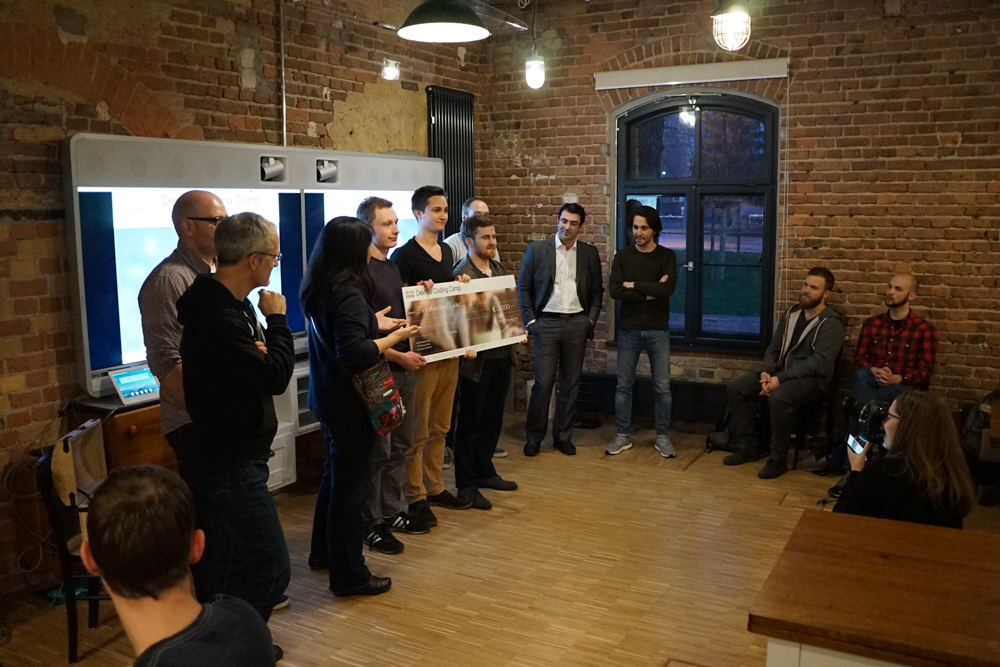The new model for co-innovation can be messy. No longer a one-thing-at-a-time, linear methodology, today's development process involves people from different organizations, with different backgrounds and cultures working on several different tracks at once, with rapid prototyping, real-time customer feedback, and multiple iterations all along the way. It involves frequent failures, fast recovery, and new attempts based on lessons learned.
It's a fertile field for innovation. But the field is also scattered with landmines that can blow the whole process apart if you're not careful.
This week, I want to look at some of the factors that can help assure the success of your co-innovation initiative-as well as some of the pitfalls you should avoid along the way.
First of all, it's important to recognize that the way you run your co-innovation effort will vary widely depending on the kind of problem you're trying to solve and the outcome you're trying to achieve. You'll probably take a relatively focused, time-limited approach to solving a specific customer problem or improving on an existing product or process. But developing a new technology will take a more expansive approach. And tackling a "Big Hairy Audacious Goal"-to use a term coined by James Collins and Jerry Porras-will require a sustained, long-term effort that remains fresh and focused throughout the process.

A team at Cisco's openBerlin innovation center presents the solution they developed during a two-day co-innovation event focused on developing mobile and enterprise collaboration apps.
Regardless of the type of innovation project you are looking at, here are some broad best practices that can maximize your chances of success:
- Set the right expectations: Be clear about what you are trying to accomplish, as well as why, when, and how. Understand the care-abouts of all participants-both individuals and the organizations they represent.
- Do your homework, but don't overanalyze: Look for use cases you can apply to many customers with little customization. Then, dive right in to experimenting and rapid prototyping.
- Manage size and phases:Like any project, you may split the challenge into several chunks, some in parallel, some in sequence.
- Be thoughtful about the team and set a clear framework:Assemble a diverse team with complementary skillsets. If you are innovating with several organizations, they should not be from competing companies. You need the right mix of viewpoints and perspectives, so don't dismiss unusual backgrounds and different personalities. Balance creativity with discipline, and establish guidelines for team communication and dynamics.
- Pace the team:Brand new co-innovation teams may want to start small, using the first project to build a cohesive team and reach the "low hanging fruit." After an early success, the team may be ready to tackle a bigger challenge, take more risk, or regroup after failure.
- Get coaching: Ask for help from people who have real-world experience in running successful innovation initiatives.
- Measure progress:Innovation may sometimes be messy, but it does not mean chaos and anarchy! Stay on track by establishing metrics and measuring KPIs.
- Include users from the very beginning:Never assume you know what the user wants. Bring customers into the innovation process to give feedback on each iteration. Co-innovation without the participation of target users will rarely give you a meaningful outcome.
- Embrace failure:Innovation is hard! Assume that most of your co-innovation attempts will miss the mark. If you don't risk failure, you will get mediocre, "me-too" ideas rather than bold, disruptive concepts.
- Be nimble:Don't get too attached to ideas that aren't working. Recognize when you need to make course corrections and move on quickly.
There are also pitfalls and traps to avoid in designing a co-innovation project:
- Don't develop custom solutions for one customer at a time:Focus on solutions that can cost-effectively apply across a broad range of situations.
- Don't mistake PowerPoint slides for innovation.True innovation involves hands-on prototyping. You may want to document your efforts later to preserve lessons learned, but meaningful innovation means getting your hands dirty.
- Avoid both anarchy and rigidity.Successful co-innovation requires a balance of structure and flexibility. It's important to allow the free flow of ideas while always keeping the end goal in sight and measuring progress against target objectives.
In upcoming blogs I will discuss how these principles might be applied in various co-innovation scenarios-with customers, startups, and academic institutions. Meanwhile, start innovating!
































 A team at Cisco's openBerlin innovation center presents the solution they developed during a two-day co-innovation event focused on developing mobile and enterprise collaboration apps.
A team at Cisco's openBerlin innovation center presents the solution they developed during a two-day co-innovation event focused on developing mobile and enterprise collaboration apps. Etiquetas calientes:
innovación
Maciej Kranz
co-innovation
hackathon
openBerlin
Etiquetas calientes:
innovación
Maciej Kranz
co-innovation
hackathon
openBerlin